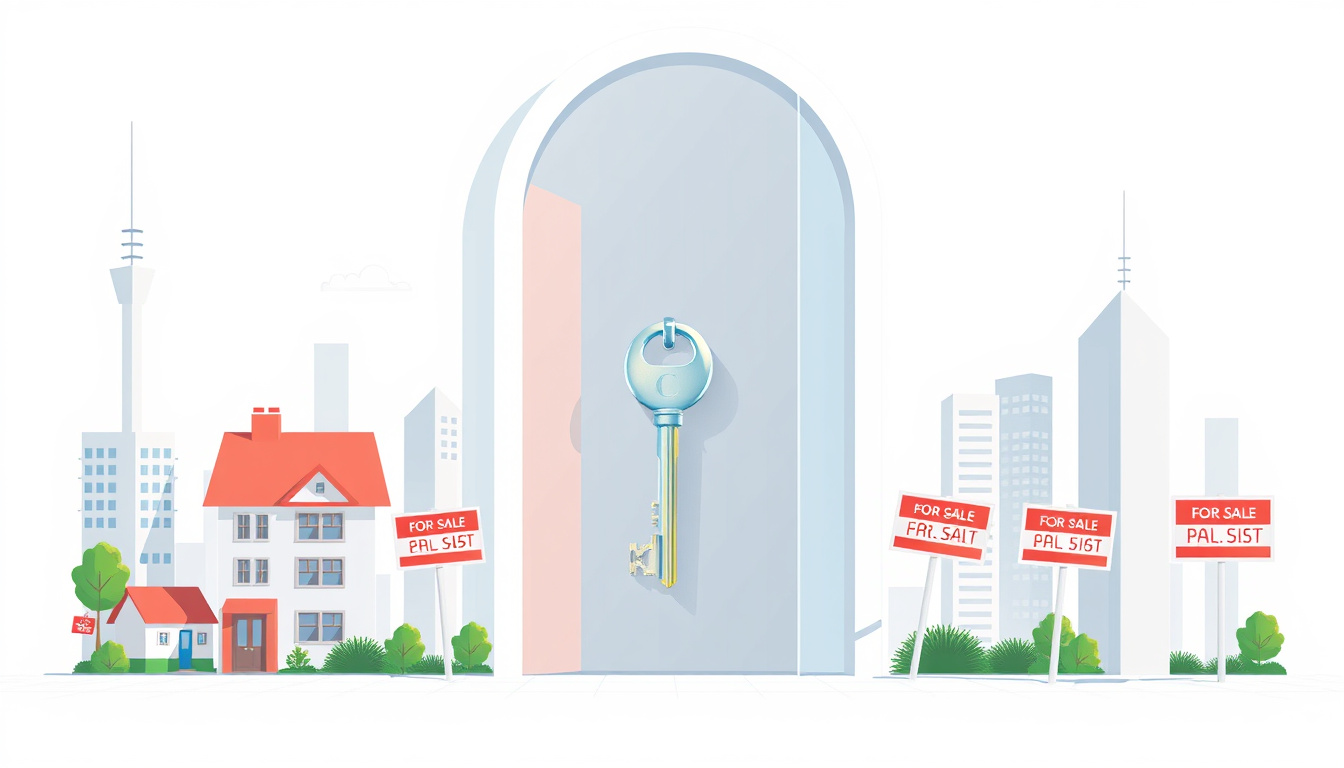Real estate investing is often seen as a treasure chest brimming with opportunities, but for beginners, it can feel intimidating due to unfamiliar terminology and concepts. Understanding the fundamental language of real estate forms the foundation for making informed decisions and building wealth through property investments. This beginner’s guide will demystify key terms and principles, walking you through the essentials needed to embark on your real estate journey with confidence.
Understanding the Types of Residential Properties
One of the first steps in real estate investment is knowing the types of properties available. This knowledge helps in selecting the right kind of investment that fits your goals.
Single-Family Homes (SFH)
Single-family homes, often abbreviated as SFH, are standalone houses designed for one family. They typically include features like a front door, backyard, and garage, offering privacy and space. These homes are popular investment choices because they attract long-term renters such as young families or professionals.
Duplexes and Multi-Unit Properties
If a property has two separate living units, each with its own entrance, it is called a duplex. When there are more units—three or more—it falls under multi-family properties like triplexes or apartment complexes. These types often offer multiple streams of rental income but can require more management and higher initial investment.
Condominiums and Townhouses
Condos and townhouses share common walls with other units and often come with shared amenities. While often more affordable than single-family homes, they involve homeowner association fees and management rules that investors must consider.
The Role of Mortgage in Real Estate Investing
Purchasing real estate typically requires financing, and this is where understanding mortgages is vital.
What is a Mortgage?
A mortgage is a loan from a financial institution to help you buy a property. Since it’s rare to have the full purchase amount saved, most investors secure a mortgage by paying a down payment and borrowing the rest.
For example, if you want to buy a $150,000 single-family home and put down 10% ($15,000), the remaining $135,000 is financed via a mortgage. The lender will charge interest on this loan, which is the cost of borrowing money.
Mortgage Payments: PITI Explained
Your monthly mortgage payment often includes:
- Principal: The amount that goes toward reducing the loan balance.
- Interest: The fee charged by the lender for borrowing the money.
- Taxes: Property taxes collected by local authorities.
- Insurance: Homeowner’s insurance protecting against damages or disasters.
This is commonly abbreviated as PITI. For example, an $800 monthly mortgage payment might contain all these parts combined, even if purely principal and interest account for $720. ## Building Wealth Through Equity
Understanding equity is essential; it is a measure of your financial stake in the property.
What is Equity?
Equity equals the difference between the property’s current market value and the amount you owe on the mortgage. Using the ongoing example, if your home’s market value rises to $200,000 but you still owe $135,000 on the mortgage, your equity is $65,000 ($200,000 – $135,000).
Why Equity Matters
Equity grows as property values increase or as you pay down your mortgage. It can be borrowed against, used to finance other investments, or cashed out when the property sells for a profit. Building equity effectively creates wealth over time.
Generating Income Through Cash Flow
Besides equity, cash flow is a crucial concept for investment success.
What is Cash Flow?
Cash flow is the money left over after receiving rental income and paying all related expenses, including your mortgage payment. Continuing with the previous example: If you rent your home out for $1,000 per month and your mortgage payment is $800, your positive cash flow is $200 monthly.
Importance of Positive Cash Flow
Positive cash flow means your investment property is generating income, which can help cover unexpected expenses or supplement your earnings. This financial buffer makes real estate investing less risky and more sustainable.
Summary of Key Concepts
- Property Types: Single-family homes are standalone dwellings ideal for individual families; duplexes and multi-family offer multiple rental units.
- Mortgages: Loans used to finance property purchases, typically requiring a down payment.
- Mortgage Payments: Comprised of principal, interest, taxes, and insurance (PITI).
- Equity: The difference between property value and what you owe.
- Cash Flow: Rental income minus expenses and mortgage payments; positive cash flow is crucial.
Frequently Asked Questions (FAQ)
1. What is the difference between a down payment and equity?
A down payment is the upfront cash you put toward buying a property, whereas equity is the overall financial interest you have in the home, which grows as the property’s value increases and the mortgage is paid down.
2. How much down payment is typically needed to buy a rental property?
Down payments vary, but many lenders require at least 10-20% for investment properties. Some programs offer lower down payments, but a higher deposit may secure better loan terms.
3. Can I rent out a single-family home that I live in?
Yes, many investors buy single-family homes to rent out. Some owners live in the property initially, then lease it once they move. Understand local laws and HOA rules regarding rentals.
4. What expenses should I expect besides the mortgage?
Expect to cover property taxes, homeowner’s insurance, maintenance, repairs, and possibly homeowner association fees, depending on the property type.
5. Is positive cash flow always guaranteed?
No. Rental income might fluctuate due to vacancies or unexpected repairs. It’s important to budget conservatively and maintain reserves.
Conclusion
Stepping into the world of real estate investing can be exhilarating but also complex without the right foundation. By learning the essential language of real estate—including property types, mortgages, equity, and cash flow—you equip yourself with the critical tools to make savvy decisions. Remember, successful investing is not just about buying property but understanding how to leverage financing, build equity, and generate stable cash flow. As you continue learning and gaining experience, you will unlock the door to greater financial freedom through real estate investment.

